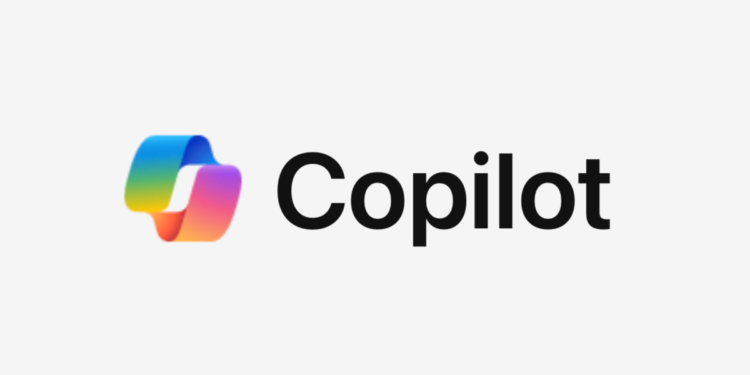Microsoft is on a mission to transform the way we interact with our computers. Gone are the days of one-sided commands and clunky interfaces; in their place, Microsoft introduced a revolutionary concept: Copilot Voice. This innovative feature is part of Microsoft’s latest Copilot AI platform update and is set to redefine our digital interactions.
According to Yusuf Mehdi, Microsoft’s Executive Vice President and Consumer Chief Marketing Officer, “Copilot Voice is going to be a big unlock in terms of how you interface with technology.” This isn’t just about voice commands or simple interactions. Microsoft is leveraging what it describes as the most advanced AI models that are “really fast,” surpassing the capabilities of familiar assistants like Siri and Alexa.
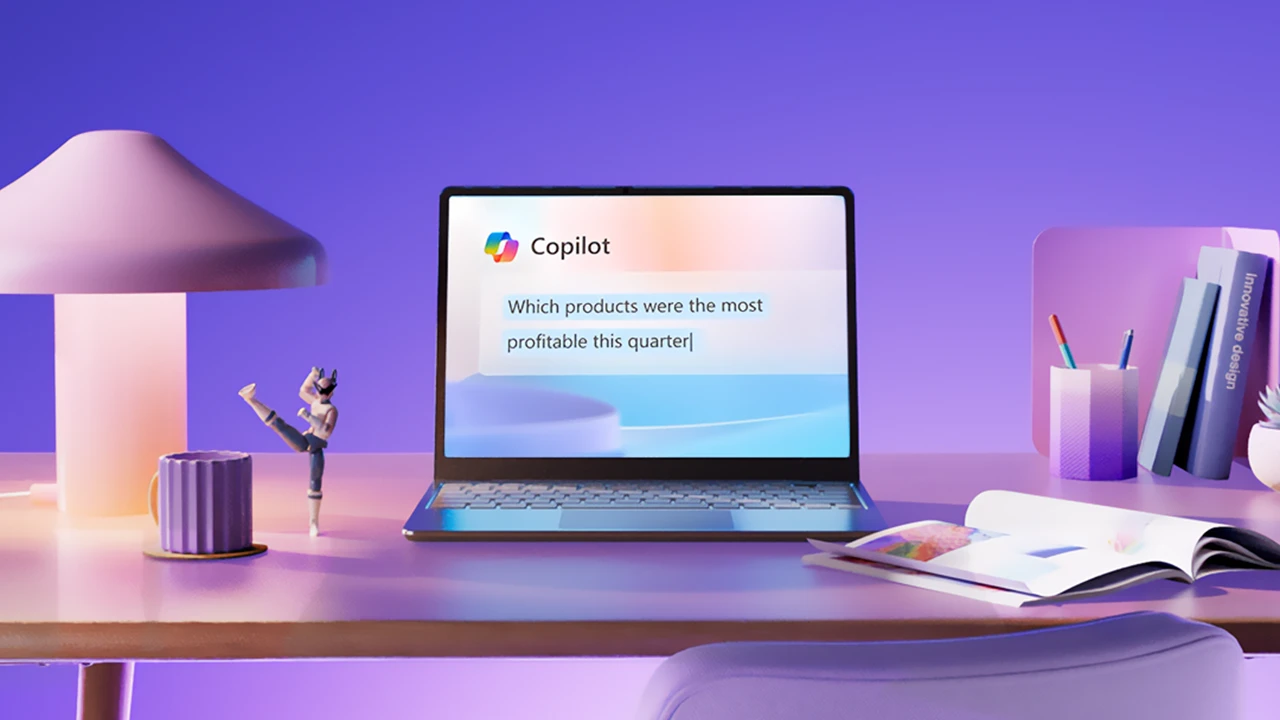
The Power of Voice and Vision
But Microsoft doesn’t stop with voice. The tech giant is also pioneering Copilot Vision, a cutting-edge feature designed to enhance how we consume digital content directly from our screens. Currently available to a select group of Copilot Pro subscribers, this feature aims to expand to all users in the future, offering a more intuitive and interactive PC experience.
One of the standout innovations is the ‘Click to Do’ option, a context-sensitive tool that helps users take action based on their current screen content. This feature embodies Microsoft’s push to make PCs not just tools for input, but active participants in our digital activities.
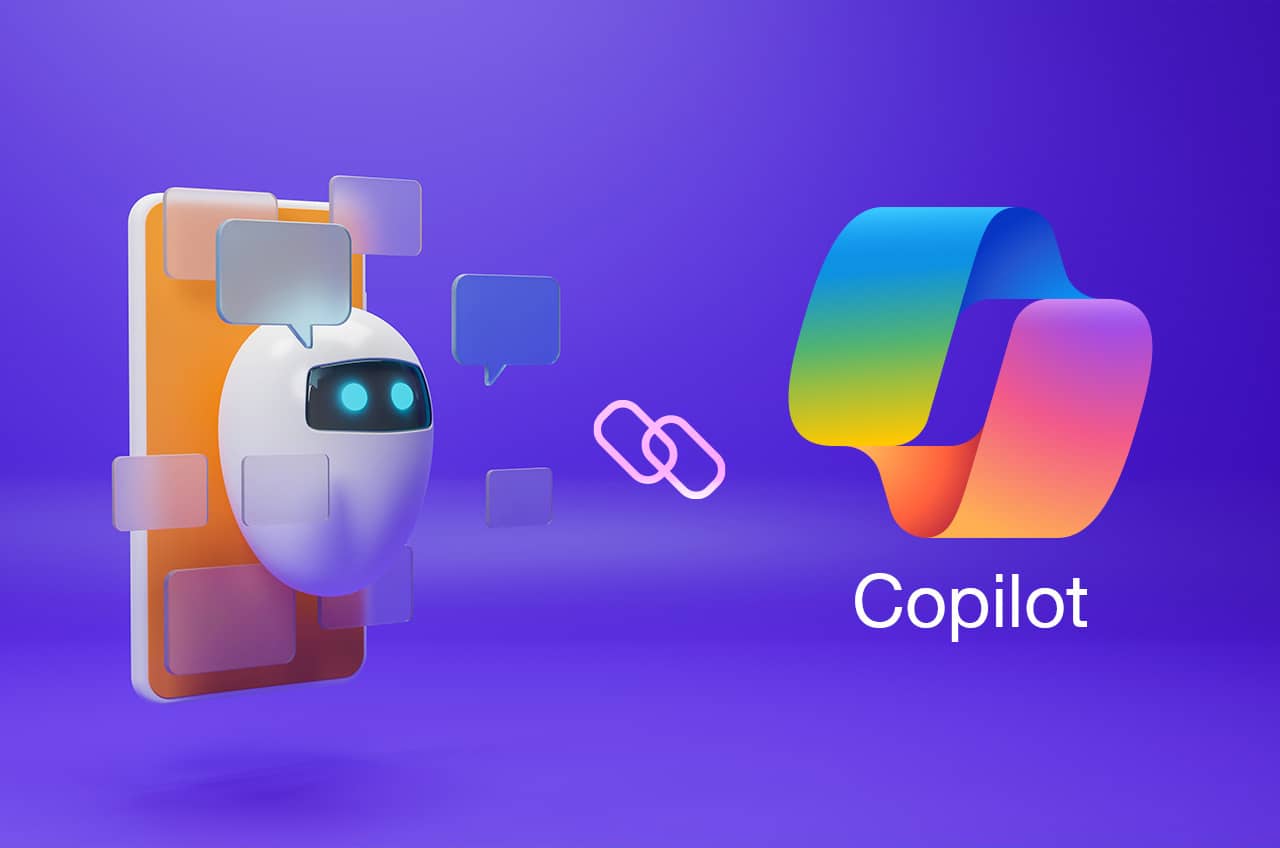
A Shift in Consumer Interaction
The introduction of Copilot Voice and Vision signifies a potential shift in consumer PC usage. These features could lead to increased PC sales and help Microsoft strengthen its position in the competitive consumer AI market. However, the road ahead is challenging. Microsoft faces stiff competition from industry giants like Google and Apple, who are also enhancing their AI capabilities.
The ultimate success of Copilot may hinge on its ability to deliver a seamless, natural user experience, something Microsoft has been keen to showcase. In demonstrations, such as one involving a discussion about movies and shows on Rotten Tomatoes, Copilot’s interactions appear promisingly natural.
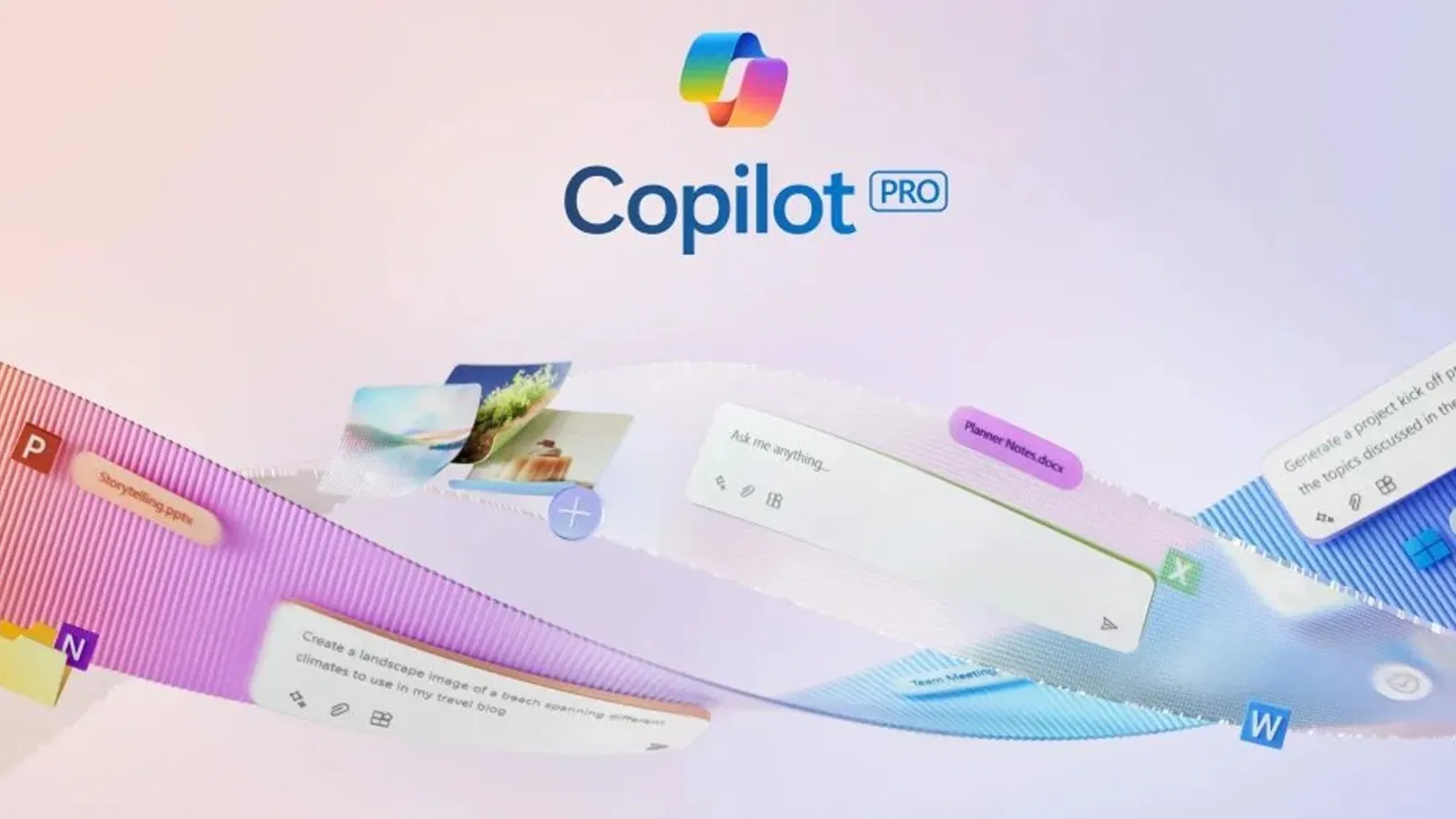
The Competitive Landscape
Despite its innovative strides, Microsoft must navigate a market brimming with similar offerings from other tech leaders. Apple and Google, not to mention Amazon, have been refining their AI assistants, which now deliver more natural-sounding responses akin to those promised by Copilot.
The future of Microsoft’s AI endeavours could well depend on Copilot’s ability to resonate with users and stand out amidst a sea of competing technologies. As it stands, Microsoft is not just selling a product but an entirely new way of interacting with technology. The success of Copilot could either cement Microsoft’s status as a leader in AI innovation or serve as a cautionary tale in overestimating the readiness of users to adopt such profound changes in interaction.
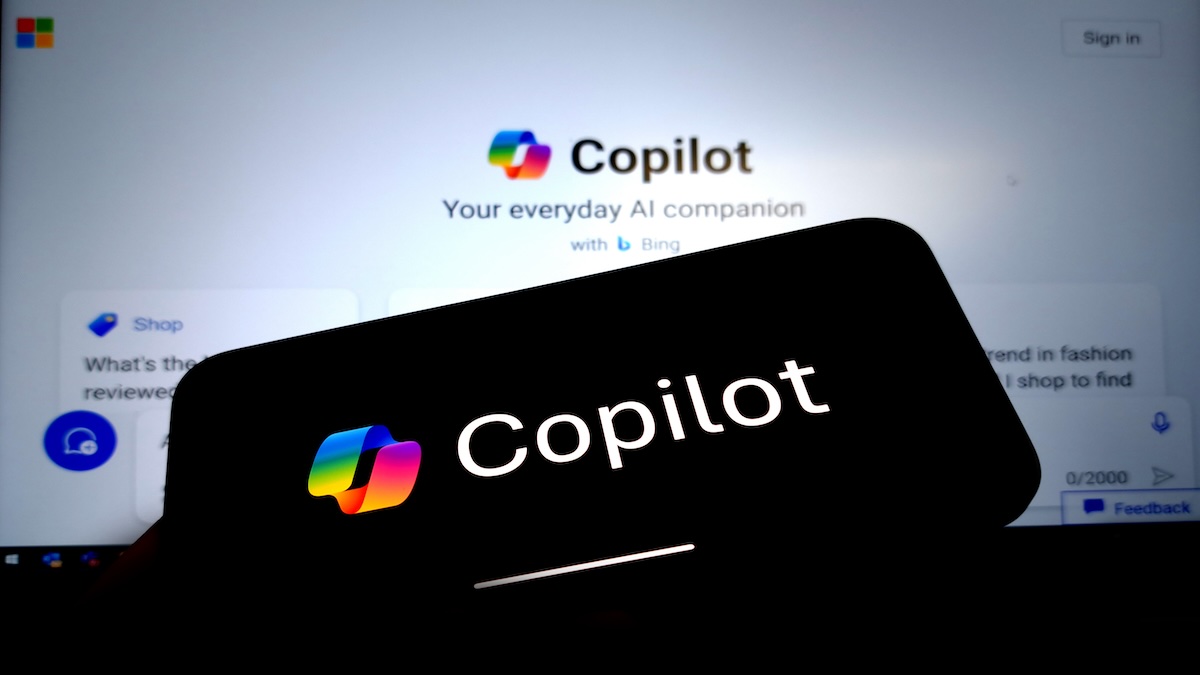
As Microsoft continues to innovate, the potential for Copilot to become an integral part of daily computing is immense. The question remains: Will users embrace this new way of interacting with their PCs or will the allure of familiar interactions from other tech giants hold them back? Only time will tell, but one thing is certain—Microsoft is not holding back in its vision for the future of AI in consumer technology.

